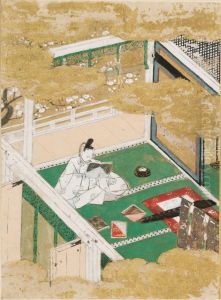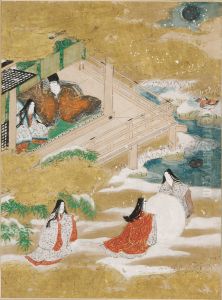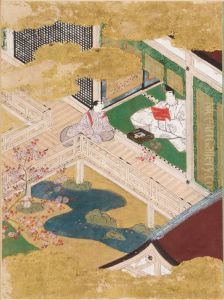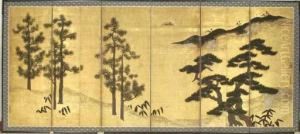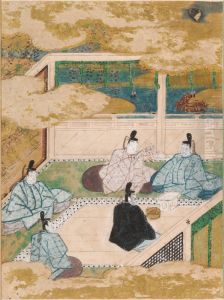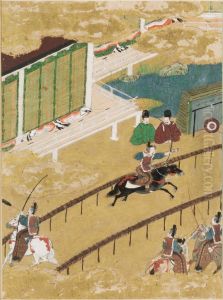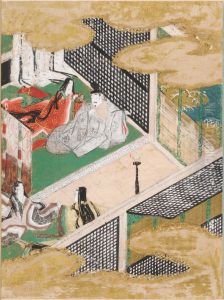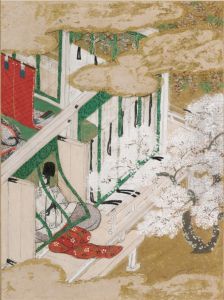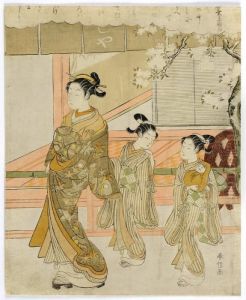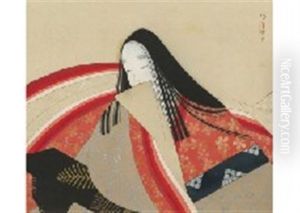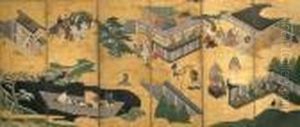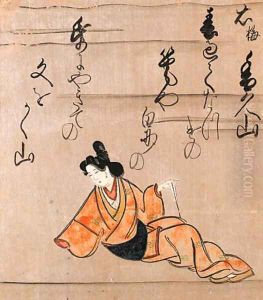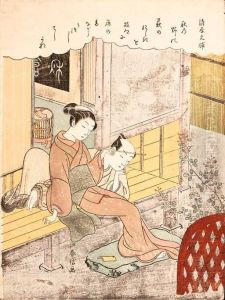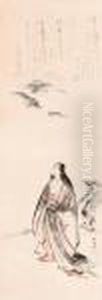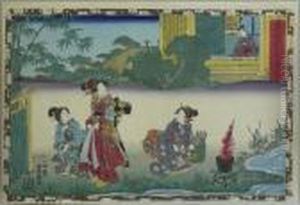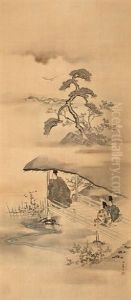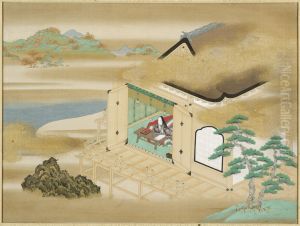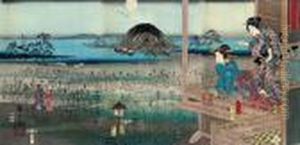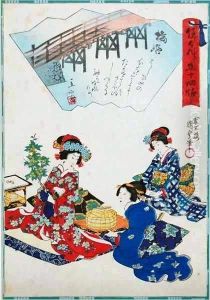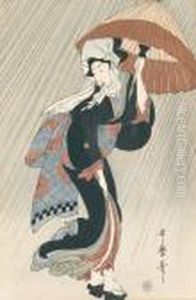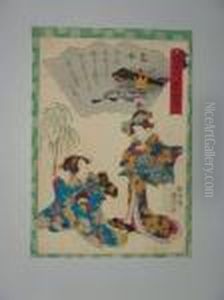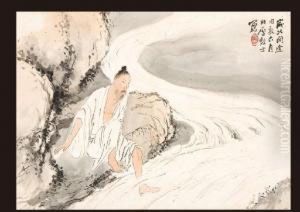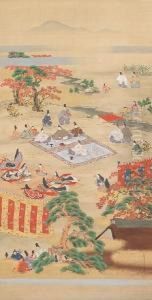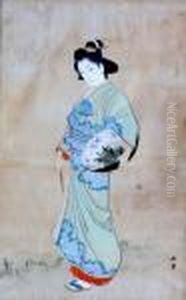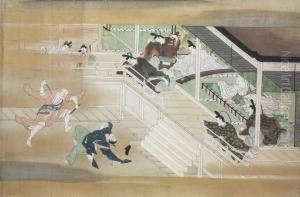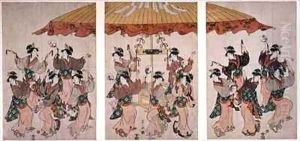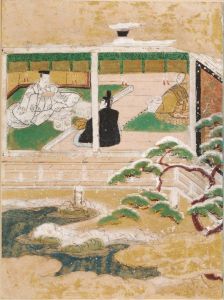





The Seer (Maboroshi), Illustration to Chapter 41 of the Tale of Genji (Genji monogatari)
-
About Reproduction
Bring the timeless beauty of Tosa Mitsunobu's The Seer (Maboroshi), Illustration to Chapter 41 of the Tale of Genji (Genji monogatari) into your home with a handmade oil painting reproduction. Carefully recreated on canvas by skilled artists using traditional techniques, this piece captures the delicate brushwork, subtle light, and vibrant color of the original masterpiece. With museum-level quality and rich texture, it brings elegance and artistic depth to any space. Enjoy free shipping and make this masterpiece a part of your personal collection.
-
Original Description
The Seer (Maboroshi), a breathtaking illustration from Chapter 41 of The Tale of Genji, captures the ethereal beauty and melancholy that permeate this classic Heian-period tale. Created by the renowned Tosa Mitsunobu (1434–1525), a master of the Yamato-e tradition, this work exemplifies the refined aesthetics of Japanese court painting. The scene likely depicts a pivotal moment of ghostly encounter or premonition, rendered with delicate brushwork and a dreamlike palette of muted colors. Mitsunobu’s composition balances intricate details—such as the flowing robes and expressive faces of the figures—with a poetic emptiness, evoking the mono no aware (the pathos of things) central to Genji. As part of the Tosa school, which specialized in narrative handscrolls and album leaves, this piece holds significance for its fusion of aristocratic elegance and emotive storytelling, bridging classical Japanese literature and visual art. Its preservation underscores its status as a cultural treasure, offering a window into the spiritual and artistic sophistication of the Muromachi period.
For a modern space, The Seer would lend timeless sophistication to a minimalist or traditional setting. Ideal for a study or serene living area, its muted tones—soft ochres, grays, and pale blues—pair elegantly with natural materials like oak or linen. Consider framing it in a slender black lacquer frame to honor its Japanese heritage, and hang it at eye level to invite contemplation. A companion piece like an Edo-period ink wash or a rough-textured ceramic vase would enhance its quiet drama without overwhelming. Given its likely intimate scale (typical of album-leaf paintings), position it as a focal point above a low console or beside a reading nook, where its narrative depth can resonate. Avoid cluttered surroundings; instead, let the artwork’s atmospheric quality dictate a palette of neutral walls and subdued lighting—perhaps a paper lantern or indirect LED glow—to echo its hushed, luminous aura.
-
Lead Time & Shipping
When you order this oil painting replica, it typically takes 2-3 weeks to paint. If the artwork is more complex, it might need a little more time to ensure the best quality. Once it's ready, we'll send you a photo for your approval. After you give the green light, we'll ship it to you for free.
-
Return & Refund
We believe in the quality of our hand-painted oil painting reproductions, and your satisfaction is our priority. If for any reason, you are not completely satisfied with your purchase, we offer a 45-day return policy. You can return your artwork within 45 days of receipt and receive a full refund. Please note that the artwork must be returned in the original packaging and in the same condition as it was received.





















